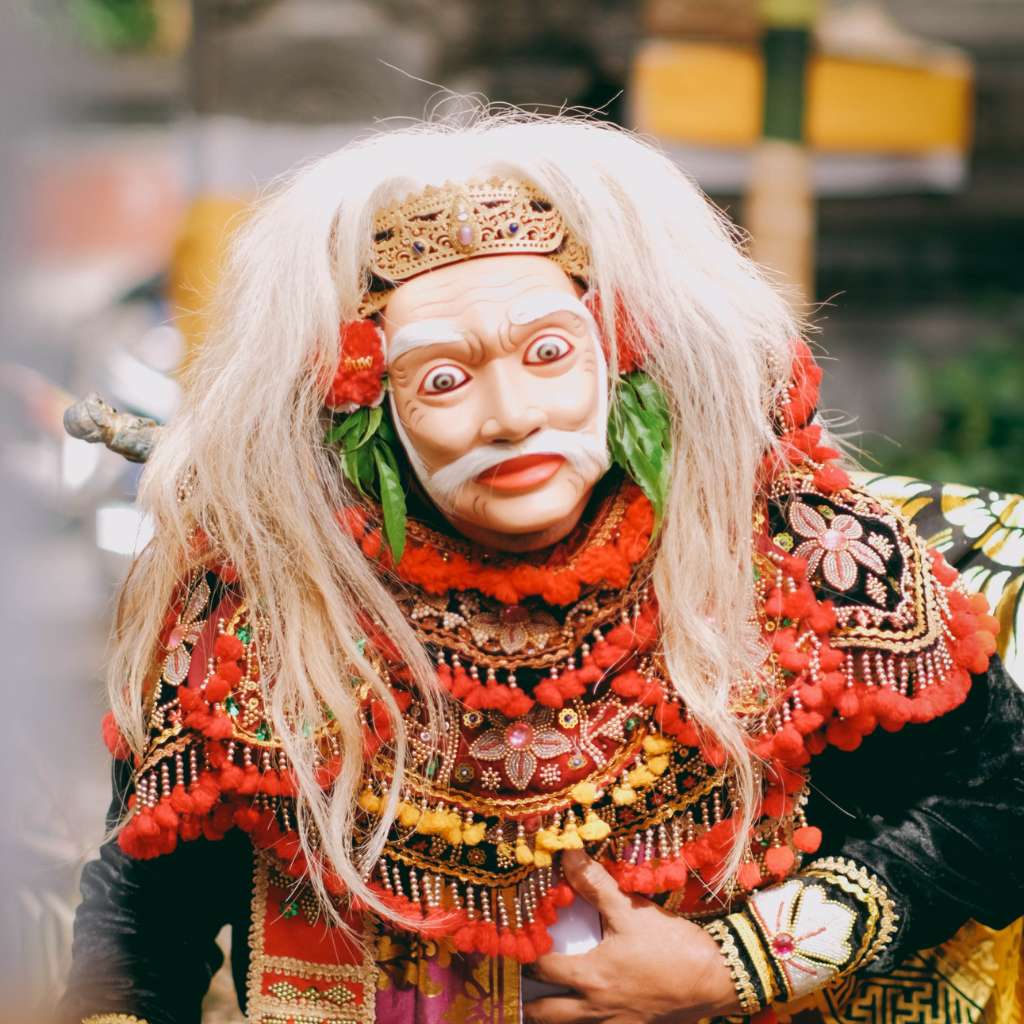7 Most Dangerous Animals in Bali and Safety Travel Tips

Bali is truly a tropical paradise, resplendent views, beautiful culture and great people. But like any other place, there are some animals that could be dangerous for tourists. Below is a detailed description of the 7 most dangerous animals of Bali, along with necessary precautions and safety measures to ensure that your trip are not only fun but also indeed safe.
1. King Cobra
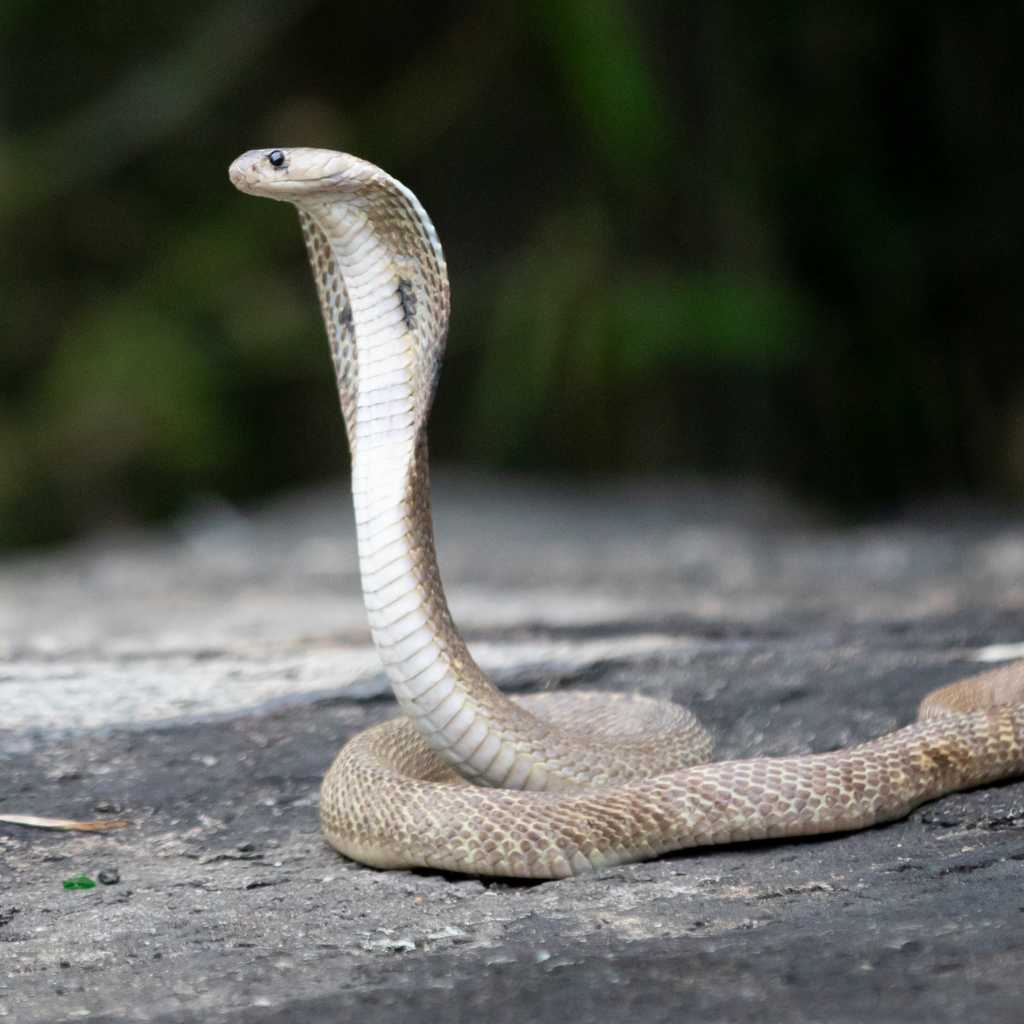
According to records, the King Cobra is considered to be the longest venomous snake on earth, with a recorded length of up to 18 feet. This snake can also be classified as one of the most beautiful but dangerous animals in the world, and the cobra’s unique hood is one of the many reasons why it’s so striking. Empowered by one hell of a potent venom, a King Cobra’s bite strikes with the ability to induce respiratory failure and if not treated in time it would eventually result in death.
Where They’re Found:
The King Cobra’s native range includes forests, grasslands, and water sources found everywhere in Bali. They are fond of lurking in thick bushy areas.
Travel Tips:
- Do not walk in thick leaves without proper footwear.
- Use designated trails while hiking in nature
- Note here that if you see a snake, give them distance and back off slowly. Do not provoke it.
- If bitten, visit the nearest hospital for treatment.
2. Box Jellyfish

Considered to be one of the most dangerous aquatic life along with poisonous blue-ringed octopuses, the Box jellyfish tentacle toxins are proven to cause extreme pain, paralysis and even death. Box jellyfishes are translucent so they can easily be missed by swimmers, leaving them in extreme danger.
Where They’re Found:
This species can typically be found during the wet season in waters surrounding Bali. They tend to reside in shallow coastal waters and on the beaches especially if there are currents.
Travel Tips:
- Stay out of unmonitored waters and avoid swimming, particularly during jellyfish season, from about November to May.
- Always observe local safety flags and signs at the beach.
- If a jellyfish infestation is reported in the area, do not surf and swim there.
- Rinse off the area with vinegar if stung, and head to a medical facility as soon as possible.
3. Saltwater Crocodile
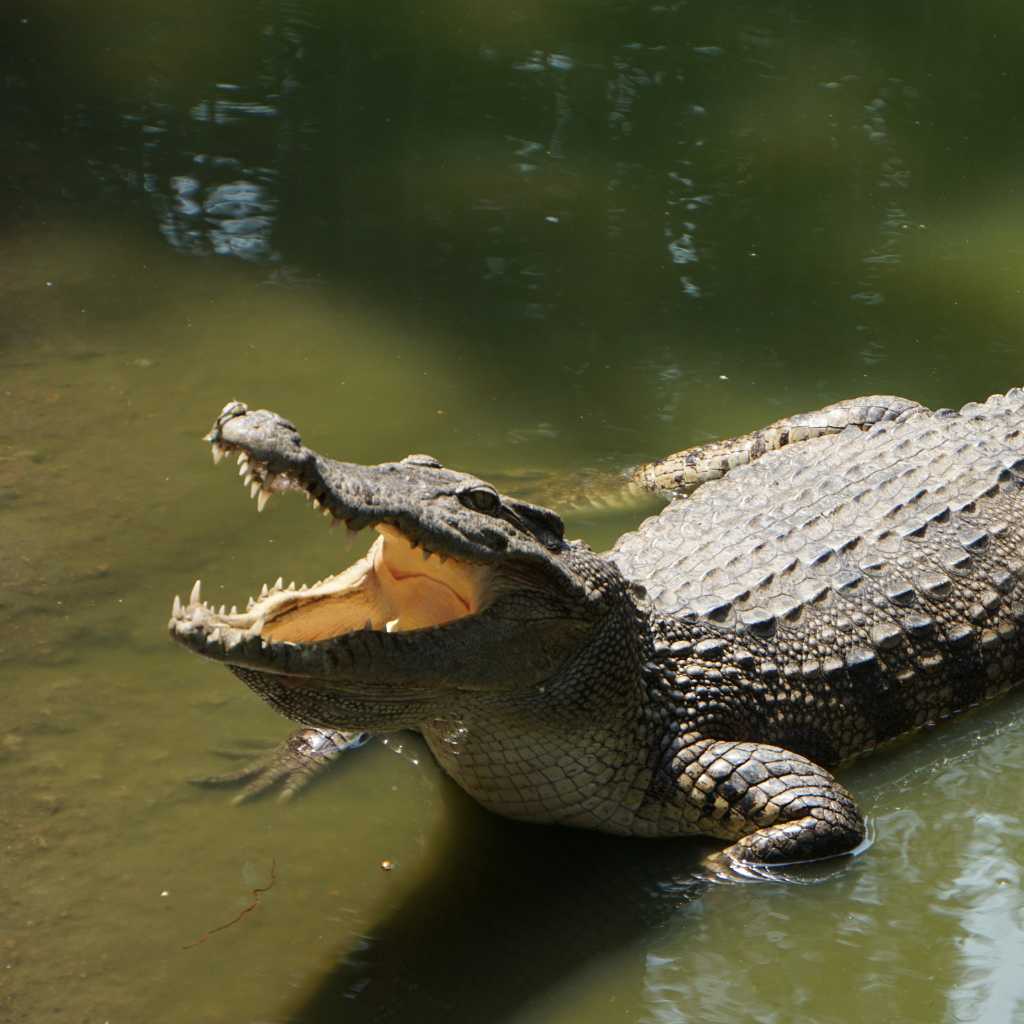
This species is the largest of all living reptiles growing in excess of 20 feet in length. They are also known to have the strongest jaws and are aggressive. They happen to be the top predators and are extremely territorial and can be aggressive to humans when disturbed.
Where They’re Found:
Saltwater crocodiles are found in the rivers, estuaries, and coastal regions of Bali, and they’re usually seen in remote locations, far from areas frequented by humans.
Travel Tips:
- Do not swim or wade in mangroves and estuaries.
- Listen to area advice and warning signs.
- If kayaking or boating in areas where crocodiles are prone, be vigilant and keep a safe distance from the water’s edge.
4. Bali Centipede (Scolopendra)
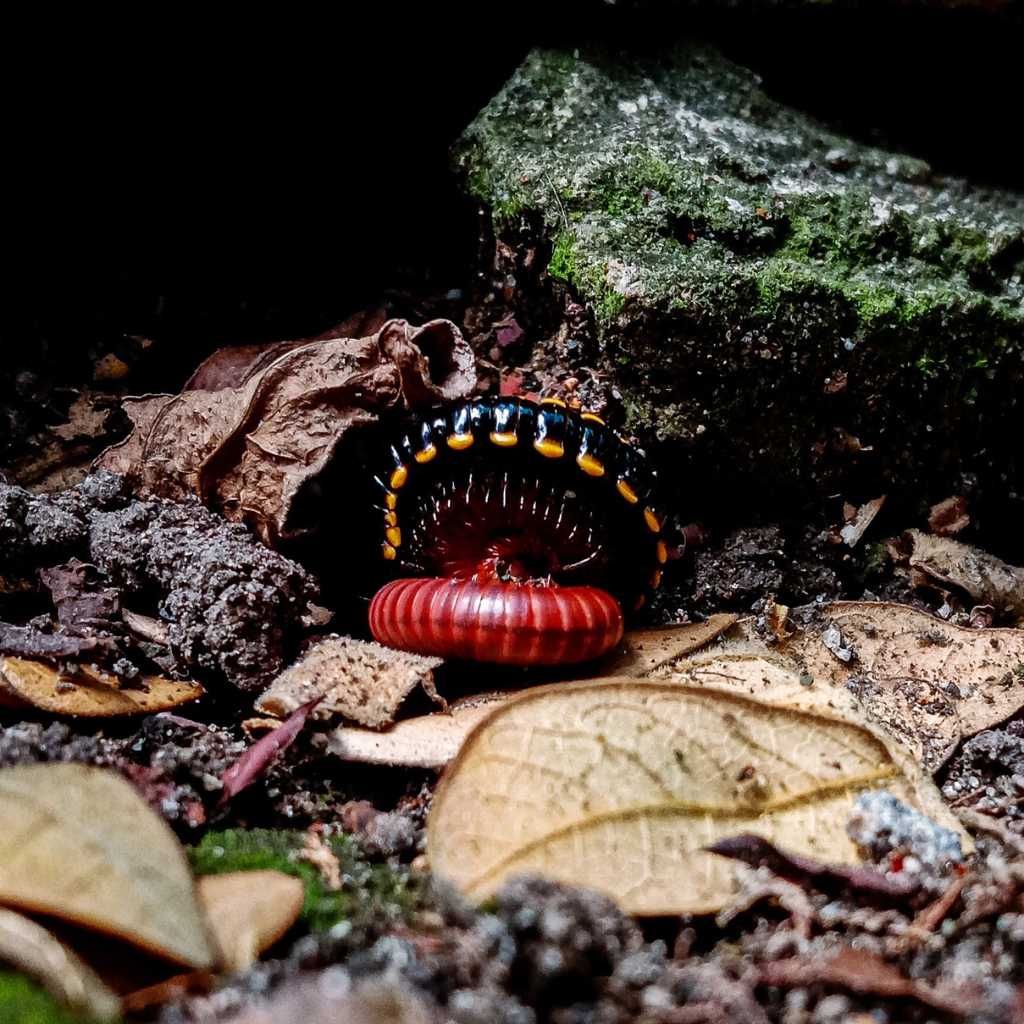
Scolopendra or Bali centipede is quite an enormous arthropod that is capable of inflicting serious bites. It has a long segmented body with multiple legs and can simply be spine-chilling. It is not the most savage creature on the planet however, it is known to bite its victims if it feels threatened.
Where They’re Found:
Bali centipede is common in wet places like gardens, forests, under rocks, and even logs.
Travel Tips:
- Check shoes and clothes before putting them on.
- Consider using insect repellent that deters centipedes in your accommodation.
- Clean the wound if bitten and keep an eye out for severe reactions, seeking medical attention as necessary.
5. Stonefish
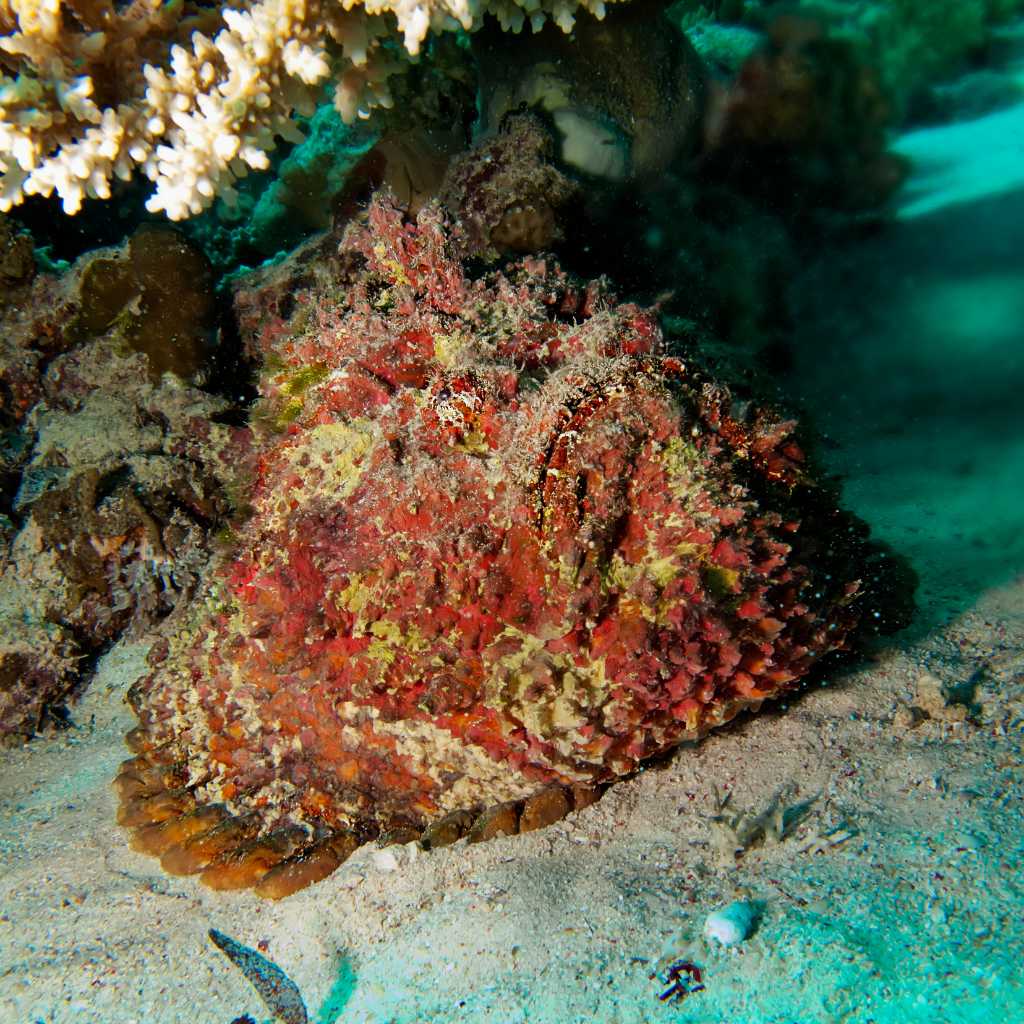
The stonefish is classified as the most venomous fish in the world. They have an unappealing aspect, which makes it nearly impossible to see them because they blend in well with their surroundings. They have dorsal spines that can be very painful and, if untreated, even potentially fatal.
Where They’re Found:
Stonefish are most commonly found in shallow areas of the ocean, such as in coral reefs and among rocks. These small fishes can be found in southern Bali, in general around the beach and diving sites.
Travel Tips:
- Do not step or touch unfamiliar objects in the water.
- If you are stung, immerse the affected area in hot water to neutralize the venom and seek medical attention immediately.
6. Wild Macaques
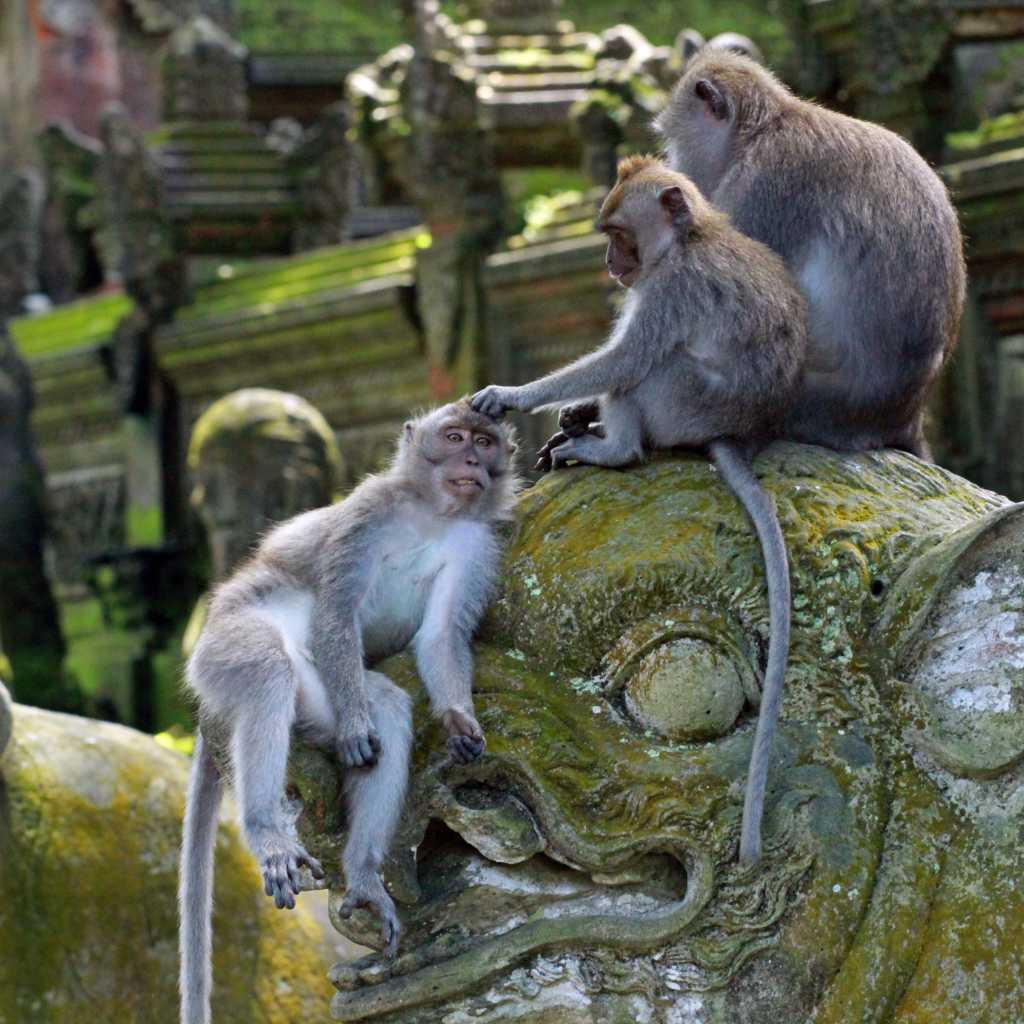
Wild macaques are playful and gentle in nature, but they have also been known to be aggressive at times. They sometimes steal food and other items from tourists.
Where They’re Found:
Wild macaques are usually located in temples and forests, for instance, Ubud and especially around the Sacred Monkey Forest. They live in areas where they can easily have food and come in contact with humans.
Travel Tips:
- Don’t feed monkeys, it promotes aggressive behavior (to get food).
- Seize your belongings; macaques are known for snatching bags, phones, and food.
- If you get bitten or scratched, clean the wound well and go to get a rabies shot.
7. Blue-Ringed Octopus
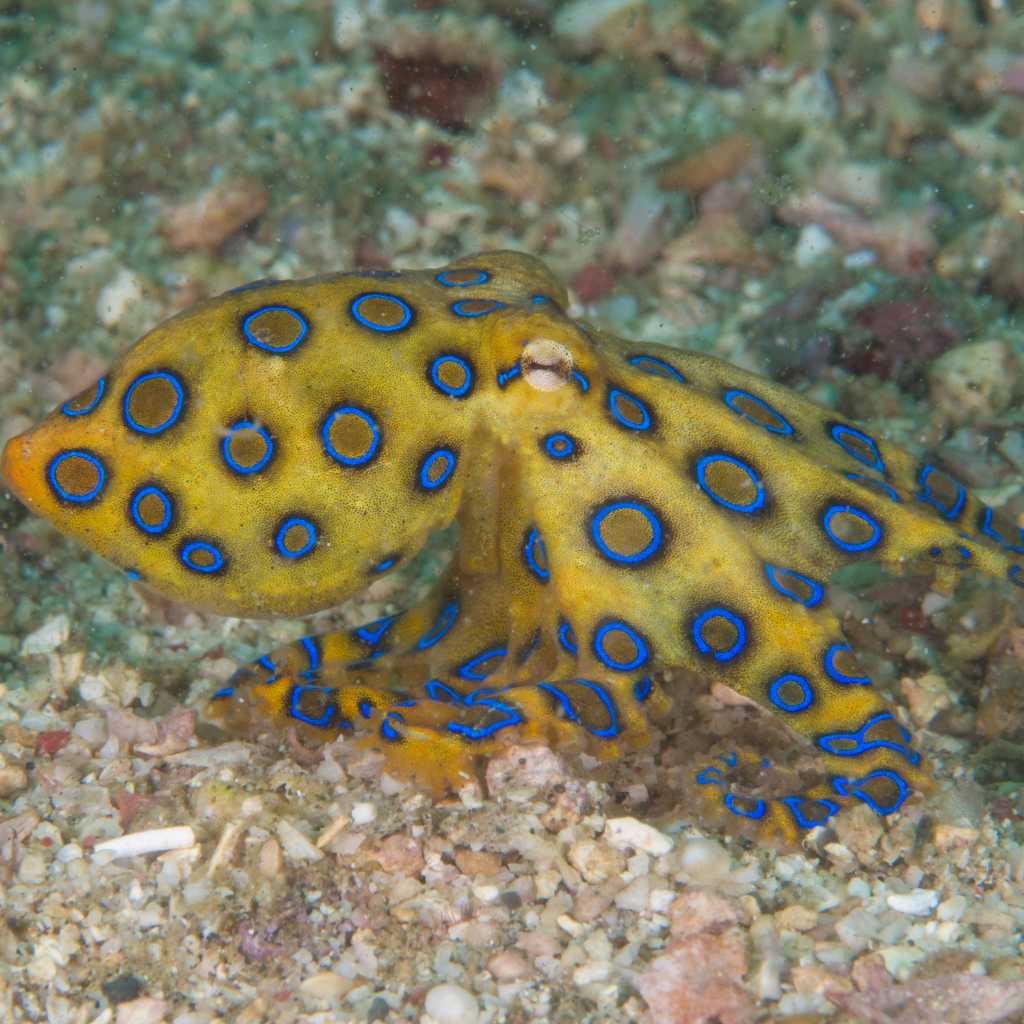
Known to be one of the most deadliest marine animals, the blue-ringed octopus is a tiny creature that is very dangerous, and its bite can cause paralysis and respiratory failure. The nerve of the octopus has a powerful venom, and the octopus tends to fiercely exposes them once it is threatened.
Where They’re Found:
Blue-ringed octopus can be found in the intertidal and shallow waters near Bali. These blue murderers are quite small in stature and usually are found hiding in cracks, which makes them hard to find.
Travel Tips:
- Never touch or disturb marine animals while snorkeling or diving.
- Always obey your local dive guides or instructors.
- If bitten, immediately go to an emergency room; there is no known antivenom.
Bali is an exotic location for a holiday, and it is a common understanding that one should be considerate of the wildlife present at that location. While one goes for vacations, one should follow these safety measures and have the much-needed peace of mind. Always remember to treat nature as well as its animals with respect and you will have an amazing time in Bali.
People Also Read:
This article is made by:

TRIANG VILLAS ADMIN
We offer stunning Bali villas for short or long stays, manage your property seamlessly, and help you find your dream Bali villas. With Triang Villas Bali, every stay feels like home.

